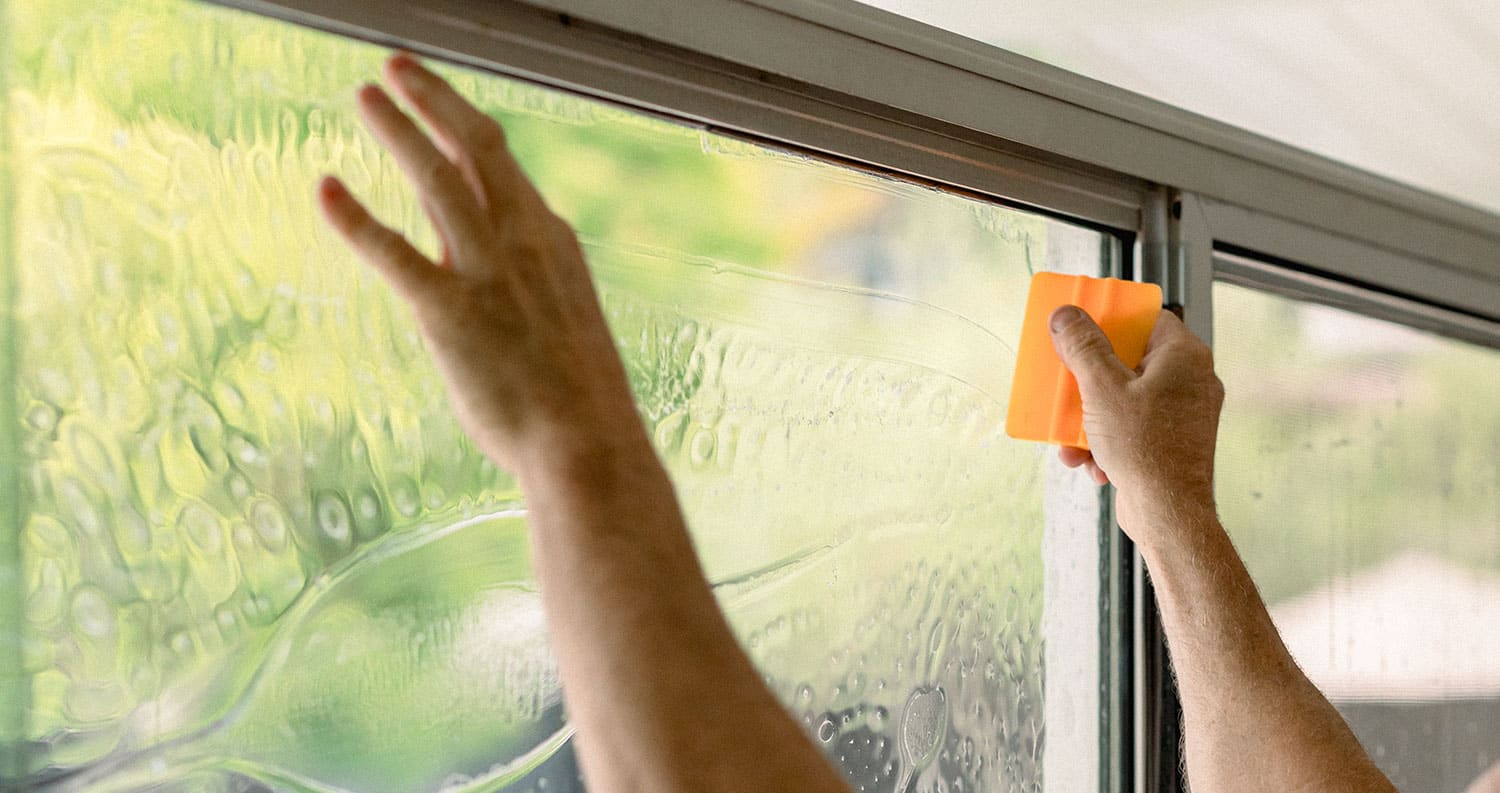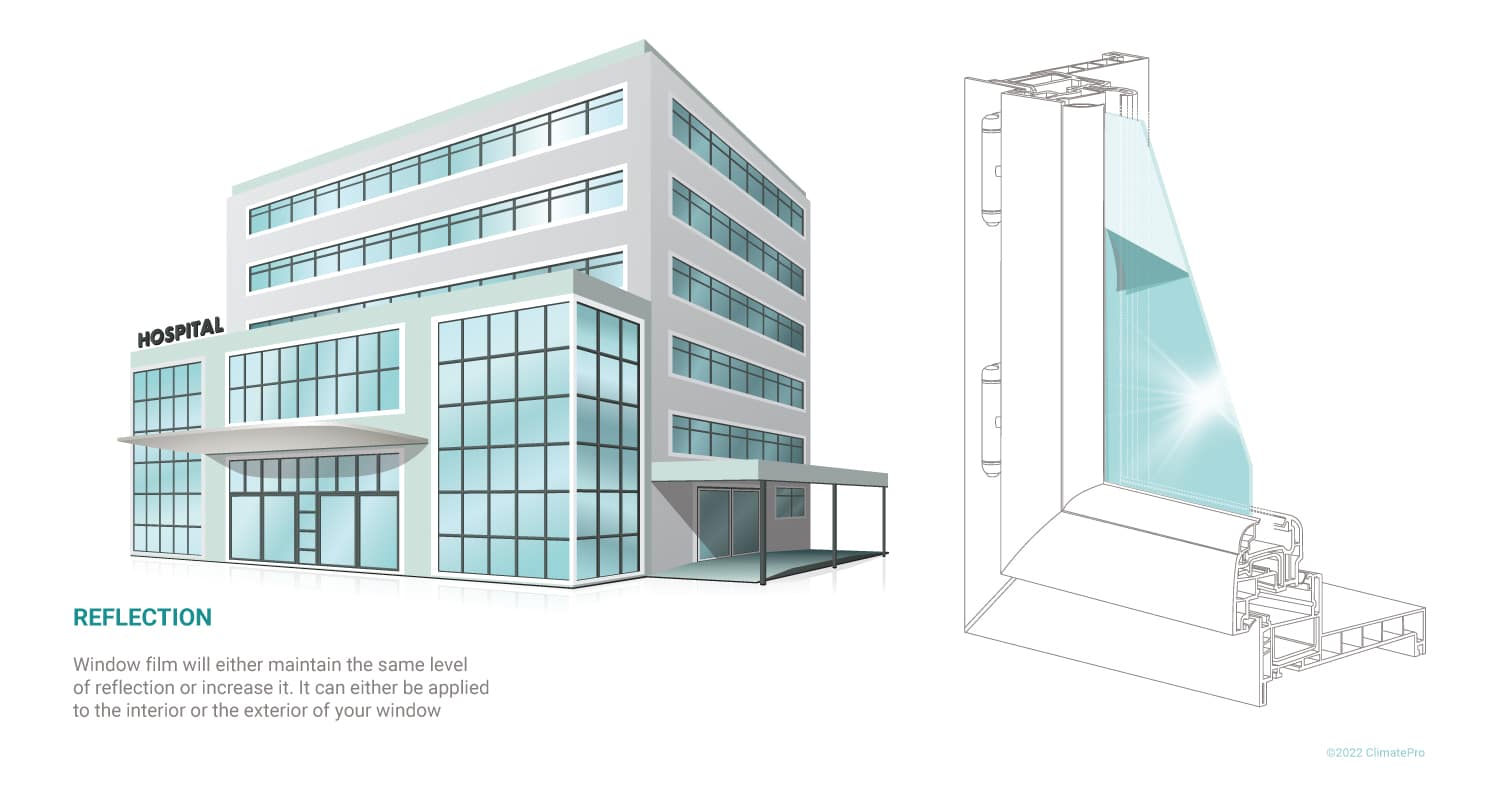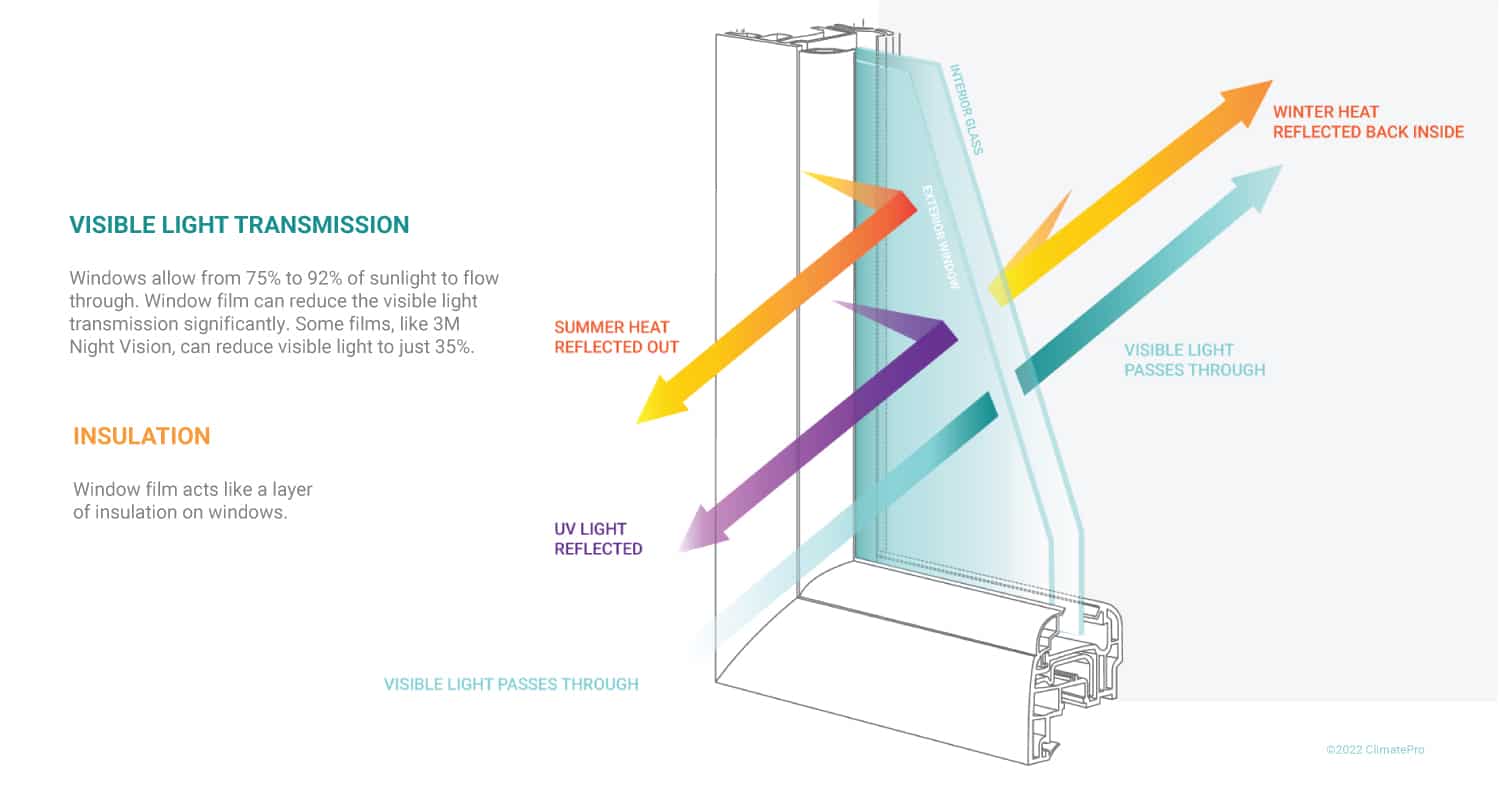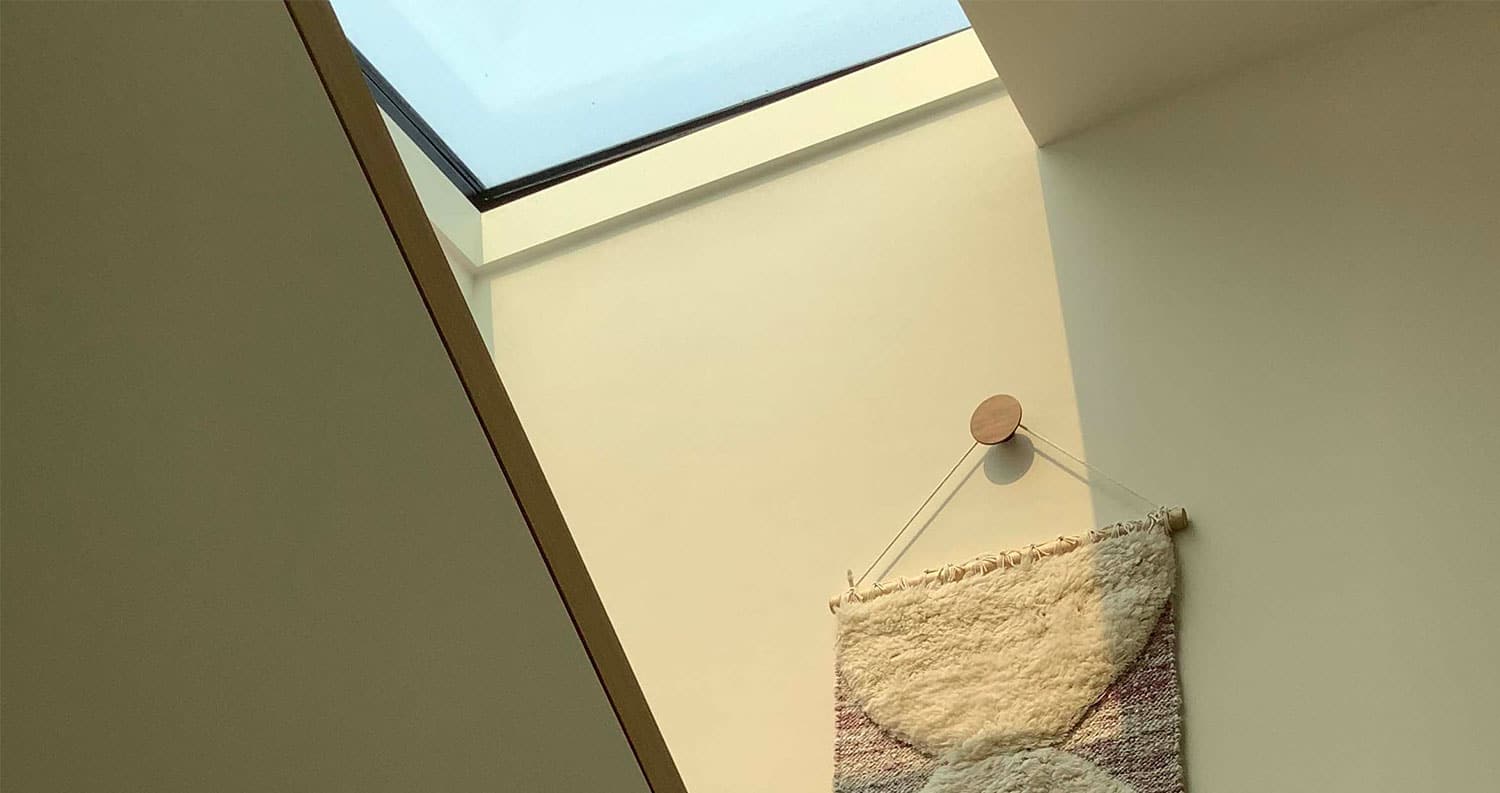
What’s more important: performance or aesthetics? This question matters a lot to business owners and property managers who are considering a window film installation. We understand why the question exists. When you have to look through windows every day, it matters what they look like. However, you also want your windows to save you on energy, create a layer of safety and security, or control light and glare. So, let’s talk about them both and then you can decide which is more important to you.
Before we get started, we should state that there is nothing like hands-on experience when it comes to window film. Over the last 40 years, we’ve installed thousands of feet of window film for both commercial and residential customers. Over these 4 decades, we’ve learned a lot about the features that matter the most to our customers. We’ll break this into 4 parts: Reflectivity, Energy Efficiency, Insulation, and Visible Light Transmission.

Reflectivity
Take a look out of any window in your house and you’ll notice a common phenomenon. While you can probably see the outside world pretty clearly, there is always a reflection of some kind. If you don’t have any window film, which we call clear glazing, the reflection you see is considered normal. Window film will either maintain the same level of reflection or increase it. It can either be applied to the interior or the exterior of your window
When our customers choose a window film, they are usually looking for it to perform some function. For instance, you may choose window film to decrease glare or to provide privacy. This is where the line between performance and aesthetics can blur. If you choose a darker film, it can give you the privacy you want, but may also create a one-way mirror effect at night. Darker films, which tend to be more reflective, maybe energy efficient, but they may also not be able to see out of them at night.
You will want to consider both: what benefits you want from the window film and what visual impact it will have on your home or office space.
Energy Efficiency
How do you measure the efficiency of window film? This is done by measuring their Solar Heat Gain Coefficient. This is the amount of solar radiation or energy that passes through your windows. This energy either passes directly into your home or is absorbed and released as heat. The goal is to have the lowest solar heat gain possible. Solar heat gain is measured between 0 to 1. Most windows without window film would measure as 0.8 or 0.9. Window film can reduce the solar heat gain, achieving from 0.4 to 0.5. There are factors besides the window film that affect this number, including the type of windows. The number of panes and the type of glass are factors that can affect solar heat gain.
What role does aesthetics play in choosing energy-efficient window film? Similar to our point about reflectivity, the type of film you choose will affect the overall look. For instance, 3M Prestige Series films allow 40% to 70% of the natural light into your home. It reduces the amount of solar heat. The darker the shade, the less sunlight. This is based on what you want your windows to look like. You’ll want to choose the film that gives you the solar energy protection and the look you want for your home or office.
 Insulation
Insulation
How is insulation measured for window film? This is measured as U-Value. U-values indicate how well your windows will hold in heated or cooled air. The goal is to have a lower number, as this means you have better insulation. This matters for many reasons, including better control of your interior temperature. It also has an impact on your heating and cooling bill. Insulated windows can definitely contribute to energy conservation. U-values generally range from 0.1 (very little heat loss) to 1.0 (high heat loss). Again, lower is better. How can window film help?
Window film acts like a layer of insulation on windows. Based on the kind of window film, the impact can be tremendous. Herein lies the challenge. If your goal is solely to save on your energy bill, you can choose a film like 3M Ultra Prestige Series. It gives great sun protection. The good news is that, if you are going for aesthetics, this film can work as well. You will want to work with a skilled window film pro to help you pick the film that gives you the best insulation performance and the right look for your home or office.
Visible Light Transmission
If you want to know how much sunlight is entering your space, you’ll want to measure the VLT or visible light transmission. Similar to energy efficiency, VLT is measured from 0 to 1. Most windows without any film have a VLT of 0.8 to 0.9. In other words, regular windows allow from 75% to 92% of sunlight to flow through. Window film can reduce the visible light transmission significantly. Some films, like 3M Night Vision, can reduce visible light to just 35%.
There are some compelling reasons to focus on VLT. If you are protecting your furnishings from fading or trying to avoid glare, you will want a film that greatly reduces VLT. On the aesthetic side of things, you’ll have to decide between reducing light vs. the appearance of the window. Here is another area where a skilled window film company can help you pick a film that gives you the best of both.
Why Choose ClimatePro?
In order to pick a film that meets your needs, we believe that having a knowledgeable team of window film professionals on your side is a must. Our estimators can help to find the right film, whether your focus is on performance or aesthetics. With 40 years of experience on our side, the best reviews in the Bay Area, and an extensive catalog of films, ClimatePro is the team to have you your side. Give us a call at (707) 569-9098 or contact us here.





